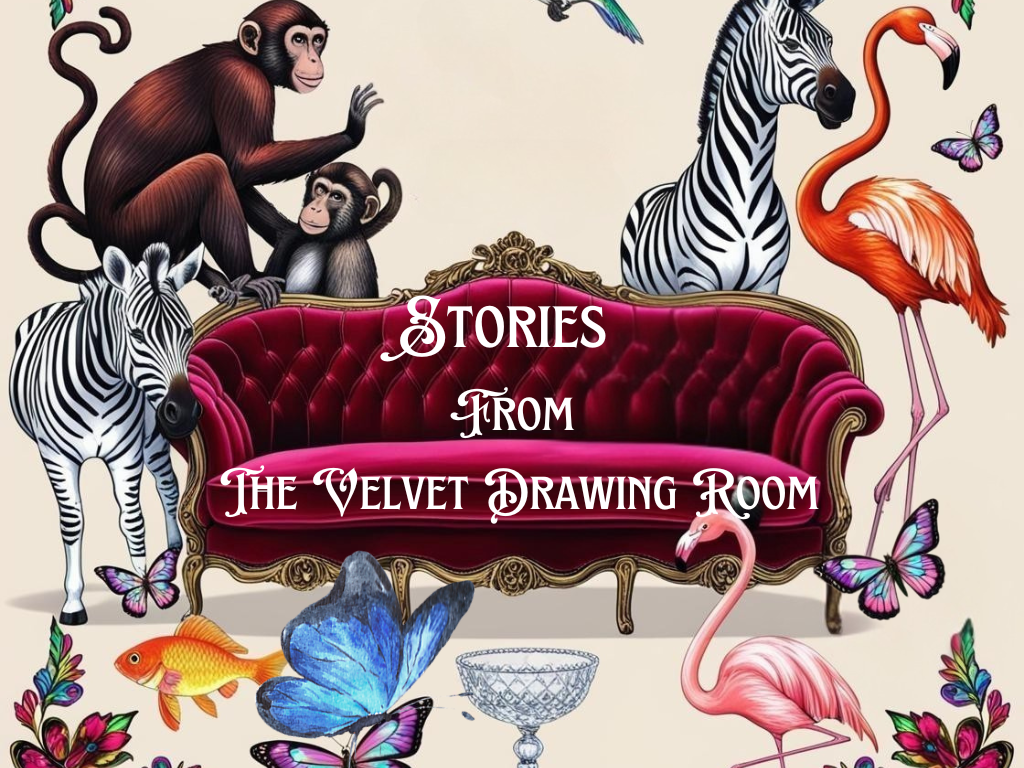Unravelling the Edward Gerrard Family Tree
Enthusiasts know about the book written by P.A. Morris “Edward Gerrard & Sons: A taxidermy memoir” and generally it is accepted as the de facto reference point for the history of Gerrard & Sons.
In my own research I referred to this book which focusses on those in the family who were directly connected to the taxidermy business.
I took this a step further and decided to create a Gerrard Family Tree using “Find My Past”. Not only did I find more specifically detailed and factual information using their records from the Census, Marriage, Birth & Death Records, but I was also able to build a bigger picture of who was who across the entire family. As Pat Morris says, the family is hard to unravel because traditionally sons and daughters were given names that were continually passing down through the generations, and this is very true of the Gerrard family. Looking at the history of the family, the life and times of one of the great naturalists came alive, and through the window on Victorian Britain we see some of the hardships and difficulties that families faced. It’s amazing that many of them lived so long…
The first generation: Edward Gerrard 1st had 3 children in the 1840’s
Edward Gerrard 1st (b. 1810 d. 1909) had three children – Sarah Elizabeth (b.1840), Edward (b.1842), and Mary Ann Emma (b.1846) from his marriage to Mary Ann Maltby (1815-1846),
A clearer picture emerged of the social and economic landscape during the earlier period between the 1830’s up to the early 1900’s during which Edward Gerrard 1st and his immediate family established themselves.
In those days people had a lot of children! Necessarily because there was no birth control. A lot of children and adults also died. There were still no vaccines and Cholera and Diptheria were common. In 1839 half the burials in London were for children under the age of 10. In 1841 the average life expectancy in England and Wales was 41 years, but in London it was only 37 years.
We know that the the infant mortality and death rate in childbirth was high, and sadly it appears that Edward Gerrard 1st’s wife died either in or soon after childbirth, when Mary Ann Emma was born, leaving Edward a widower and the problem of three children to look after. Edward would survive his wife, Mary Ann by a further 62 years until he died in June 1910. That’s a long time to live as a widower, and he undoubtedly took solace and immersed himself in his work and passion.
London air was foul and sooty and the very soil it stood on was decayed. Old sewers were blocked or broken. They leaked into wells and water systems, and through the walls of cellars of even the wealthiest homes. Where there were no sewers excrement and urine were thrown into the street. Drains, sewers and gutters emptied into the only source of drinking water the poor had.
Huge numbers of animals were driven down the streets of London to slaughterhouses which were often only a few blocks from fashionable shopping areas. Dung, blood, entrails, and hides covered with swarming flies were in the streets of the meat markets.
Every year in the 1840’s thousands of bodies were buried in London’s overcrowded burial grounds. Cholera epidemics killed thousands. In the 1850’s medical men began realising that the disease was transmitted through dirty drinking water, and even though steps began to be taken to clean up the sewage disposal system and water sources, it wasn’t until 1902 that the problem of a clean affordable water system was solved*
The 1850’s and 1860’s
Five years after the death of his wife we see Edward Gerrard Senior, age 40, and his three children recorded in the 1851 UK Census at 2, Robert Street in Saint Pancras. Also living there is his mother, Ruth. It would have been essential to the workings of the family after the death of his wife to have a matriarch figure in the household. Without her, I am sure it would have been impossible. Victorian houses were hard to run. There was no electric lighting until the end of the 19th Century, and they relied upon open fires for cooking and heating. London was a dirty place, and the task of keeping the house clean and running properly was a big one. His mother Ruth is again recorded living with Edward 1st and his children 10 years later in the 1861 census (this time living at 31 College Place) and is marked as a “widow” age 74, so it would have been a very mutually advantageous arrangement.
The second generation: Marriage of his son, Edward Gerrard 2nd in 1868
In 1868 Edward Gerrard 2nd, known as Edward Gerrard Junior (b. 1842 d. 1929), married Matilda Moore (b.1849), who was the daughter of Thomas John Moore, the Curator of the Liverpool Museum. Edward Gerrard Junior had joined his father in the taxidermy business, and we see him advertising in trade directories from 31 College Place while his father was working at the British Museum.
Edward Gerrard Junior and his wife had 9 children.
- Edward Moore Gerrard (1869-1906) practised taxidermy in the family business
- Thomas Gerrard (1871-1941) became a naturalist
- Arthur Gerrard (1872-1929) became a cabinet designer
- Frances Mary Gerrard (b.1874)
- Frederick Gerrard (1876-1879)
- Sarah Louise Gerrard (b.1877)
- Francis Tyrer Gerrard (1878-1902)
- Henry Gerrard (b.1880) later became taxidermist
- Matilda Gerrard (b.1881)
Of these, three died prematurely. Frederick (known as Freddy) died aged just 3 yrs. Francis died age just 23 yrs, and Edward Moore died age 36 yrs. They are all buried in the family grave site at Highgate Cemetery, along with Matilda, their mother, and their grandfather Edward Gerrard 1st.
Henry Gerrard was the one who would take over the taxidermy business upon the sudden death of his brother, Edward Moore in 1906. It’s not clear how long Edward Gerrard Junior continued working in the business, but he died in 1929

The third generation of Gerrards – continuing the taxidermy business
Two of Edward Moore Gerrard’s sons Edward T Gerrard (Mr Ted, Edward 3rd) and Frederick Charles (Mr Charles, Edward 4th were born into the business and continued to drive it until 1967 when it finally closed. The details of this, and the different divisions of the business are described in the book by P.A. Morris.
Find My Past
Unfortunately, it is not possible or allowable to share the full family tree research publicly, due to the terms and conditions of Find My Past. If you wish to request access to view the whole tree privately then please email me – contact details in the footer.
References:
*London 1849: A Victorian Murder Story. Michael Alpert
Discover more from thevelvetdrawingroom.co.uk
Subscribe to get the latest posts sent to your email.




















